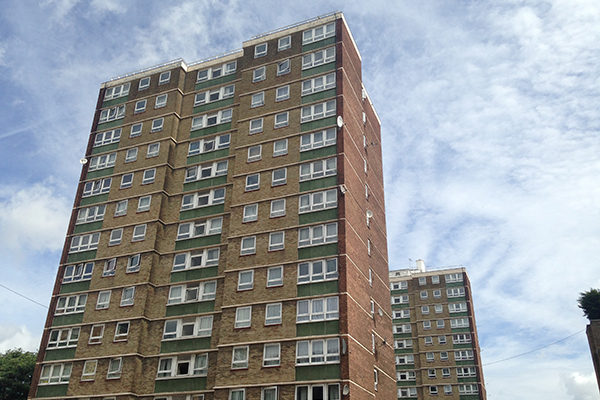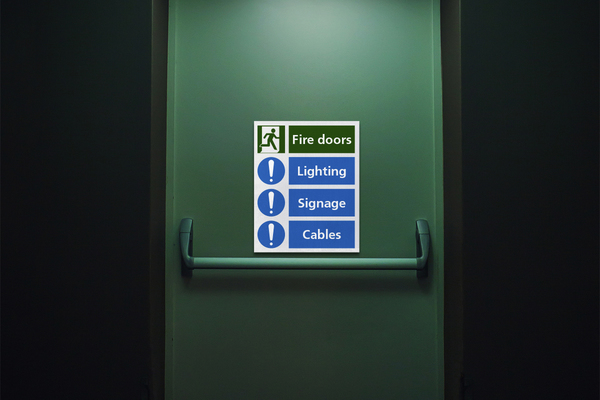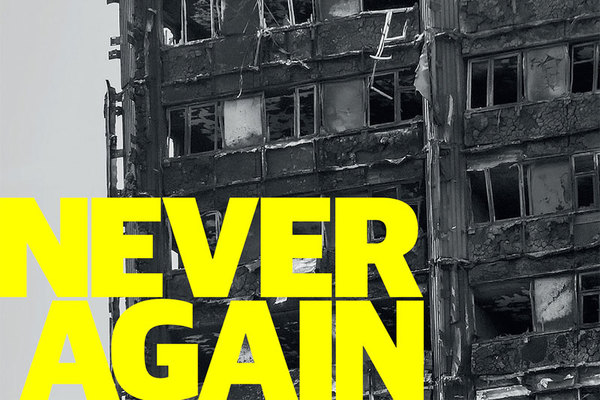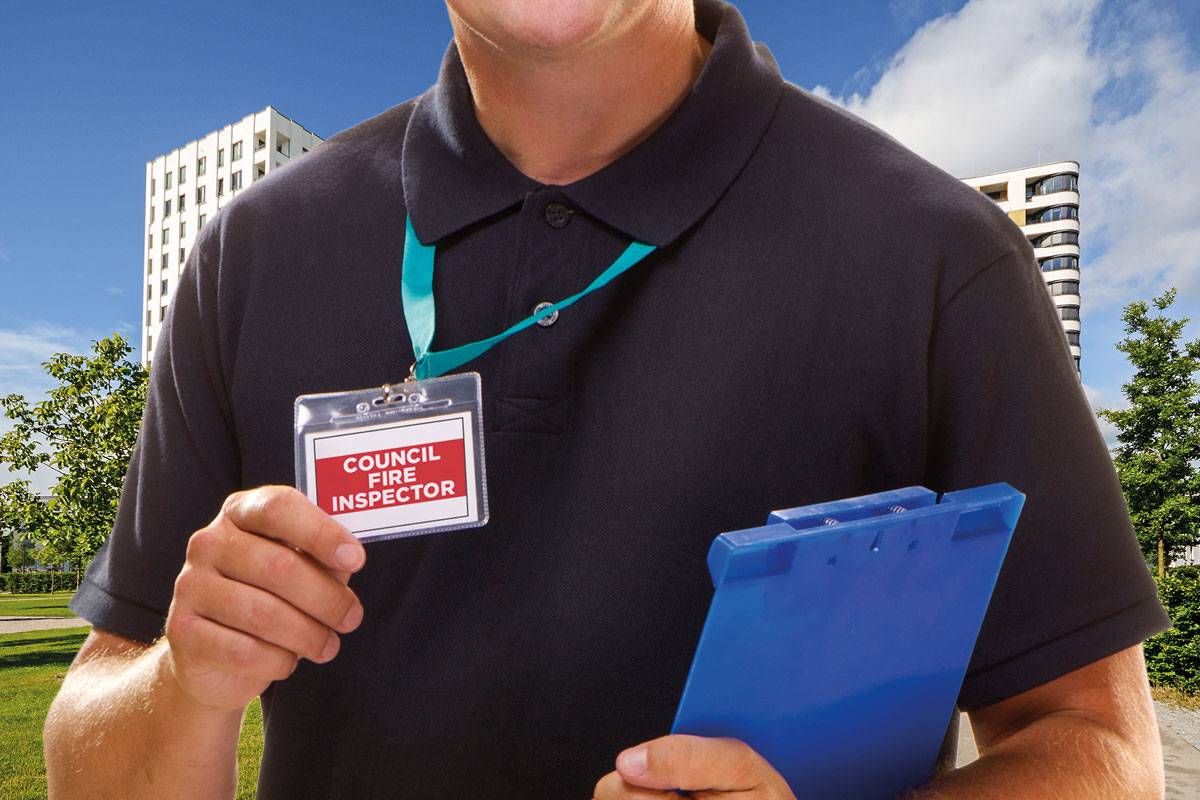You are viewing 1 of your 1 free articles
Tracking fire risk assessments
Editor Emma Maier explains why Inside Housing is creating a databank of fire risk assessments
In 2009 following the Lakanal House fire, Inside Housing called for a national register of social housing tower blocks to make it possible to keep track of fire risk assessments. The call was backed by a range of experts and over a hundred landlords, as well as prominent politicians including Labour MP Karen Buck. Six weeks later then regulator the Tenant Services Authority (TSA) agreed to create a register, saying it was an important move to “capture issues and identify whether there are things that need to happen”.
The 2010 general election changed the course of history. The new coalition government brought new priorities: the Department for Communities and Local Government (DCLG) conducted a review and decided that the register was not needed – and that the TSA itself would be replaced. The register was abandoned.
Government’s change of heart doesn’t diminish the value that a register would have provided to track, scrutinise, identify trends and learn lessons. This won’t be lost on DCLG and several other bodies, which were left to hurriedly research the UK’s tower blocks in the immediate aftermath of the Grenfell fire.
A register would have offered a valuable resource to landlords to understand common risks experienced by other landlords, allowing them to be more proactive, and to benchmark themselves.
Fire risk assessors and industry bodies could have used the emerging trends to improve guidance and advice. Regulators could have had access to clear and up to date information about fire risk assessments and progress made against recommendations, reducing the reliance on self-referral.
"We have embarked on a project to track fire risk assessments and the key issues that emerge from them"
And tenants would rightly have had the opportunity to understand the performance of their homes and raise questions where necessary.
After the Grenfell fire, Inside Housing’s Never Again campaign, backed by key bodies, calls for landlords to commit to completing fire risk assessments annually and after any major repair or cladding work on high-rise blocks. As part of that work, we have embarked on a project to track fire risk assessments and the key issues that emerge from them. It is a huge undertaking, but we are committed to working with willing landlords to provide a data bank that will offer a point of reference and an opportunity to identify common issues.
So far, 43 landlords have provided fire risk assessments covering 551 blocks. To date, we have analysed 437 assessments and found that 305 were conducted within the past year. Landlords may have acted upon recommendations since receiving the assessments, but analysis shows that 4 assessments flagged high or substantial risk, 250 blocks had at least some fire doors below safety standards, 108 had holes and gaps that would compromise fire compartmentation, and 67 had missing, unclear or incorrect fire notices for residents. Such trends provide valuable learning.
We urge other landlords to send their risk assessments to be included in future updates to this valuable piece of work.
Emma Maier, editor, Inside Housing
Never Again: campaign asks
Inside Housing is calling for immediate action to implement the learning from the Lakanal House fire, and a commitment to act – without delay – on learning from the Grenfell Tower tragedy as it becomes available.
Landlords
- Take immediate action to check cladding and external panels on tower blocks and take prompt, appropriate action to remedy any problems
- Update risk assessments using an appropriate, qualified expert.
- Commit to renewing assessments annually and after major repair or cladding work is carried out
- Review and update evacuation policies and ‘stay put’ advice in light of risk assessments, and communicate clearly to residents
Government
- Provide urgent advice on the installation and upkeep of external insulation
- Update and clarify building regulations immediately – with a commitment to update if additional learning emerges at a later date from the Grenfell inquiry
- Fund the retrofitting of sprinkler systems in all tower blocks across the UK (except where there are specific structural reasons not to do so)













